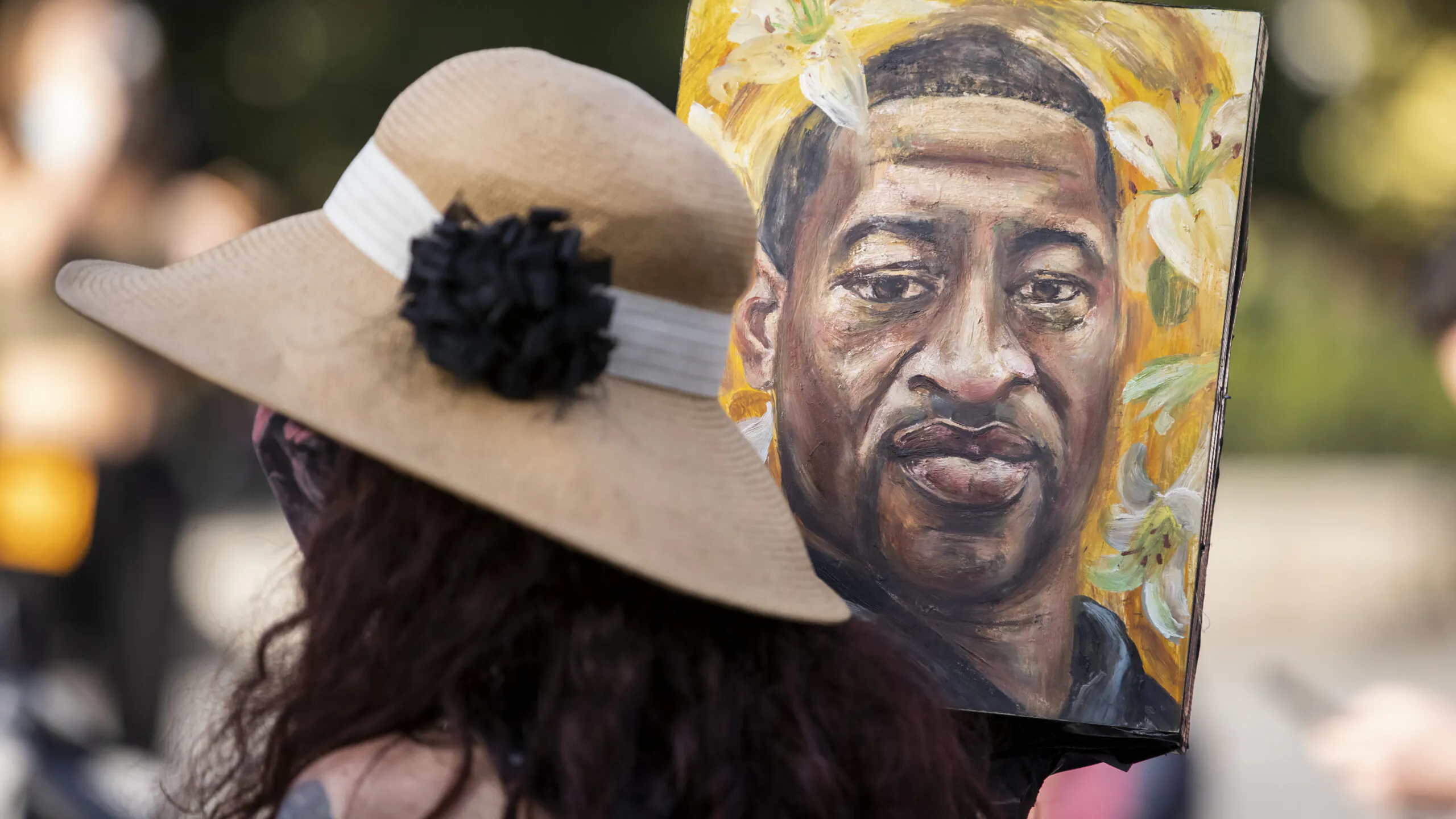The Minneapolis neighborhood where George Floyd died while in the custody of the Minneapolis Police Department has become both a permanent memorial to Floyd’s life and the national anti-racism movement that his death ignited as well as an epicenter for violence, according to a report from New York Times.
“Two months after the police killing of George Floyd, the four-block area of South Minneapolis where he gasped his last breaths remains a sacred space, a no-go zone for officers. There is a neatly trimmed garden, anchored by a sculpture of a raised fist. There are colorful murals and the words ‘I can’t breathe’ painted across the pavement, as well as the names of dozens of other Black people killed by the police,” the outlet noted Wednesday.
After hours, the Times adds, the area, which is largely left alone by Minneapolis police, is a magnet for criminal activity: “At night, though, the space is increasingly a battleground, with shootings and drug overdoses. The area has had an uptick in gun violence similar to what other cities have seen in the wake of protests.”
The Minneapolis city council, which moved just last week to defund the Minneapolis Police Department — to the extent they are able to by law — is, bizarrely, well aware of what’s happening in the neighborhood where Floyd died, but it has yet to deter them from reform efforts.
“What people aren’t recognizing is that people who live there are having a very, very challenging time from the unlawfulness that is occurring after the sun goes down,” said Andrea Jenkins, the Minneapolis City Council member whose district includes Floyd’s memorial and the “no-go” zone, told the Times. “There are constant gunshots every night. Emergency vehicles can’t get in. Disabled people are not able to access their medications, their appointments, their food deliveries, et cetera. It’s a very challenging situation.”
The memorial’s neighborhood is not alone in suffering from an uptick in violence. Minneapolis had three the number of shootings in June of 2020 than in 2019, and there have already been nearly 50 incidents of gun violence in July, according to The Wall Street Journal, compared to under 30 last year.
The WSJ reported Monday that armed Minneapolis citizens are now taking it upon themselves to keep law and order, particularly in areas where the police either won’t or can’t go.
“Minneapolis residents in some areas still recovering from rioting and unrest are forming community watch and security groups, some bearing firearms, to fight a surge of crime in the wake of the George Floyd killing in May,” WSJ said. “At least one neighborhood has put up barricades to keep away outsiders.”
Still, the City Council persists. As of Monday, the council offered a new proposal, effectively replacing the Minneapolis Police from the government dole.
“The proposed amendment seeks to remove the Minneapolis Police Department as a charter department and create in its place a department of community safety and violence prevention,” Minneapolis’s public radio network reported Monday.
The proposal, if it makes it through layers of city government approval, will go to voters in November.

.png)
.png)

